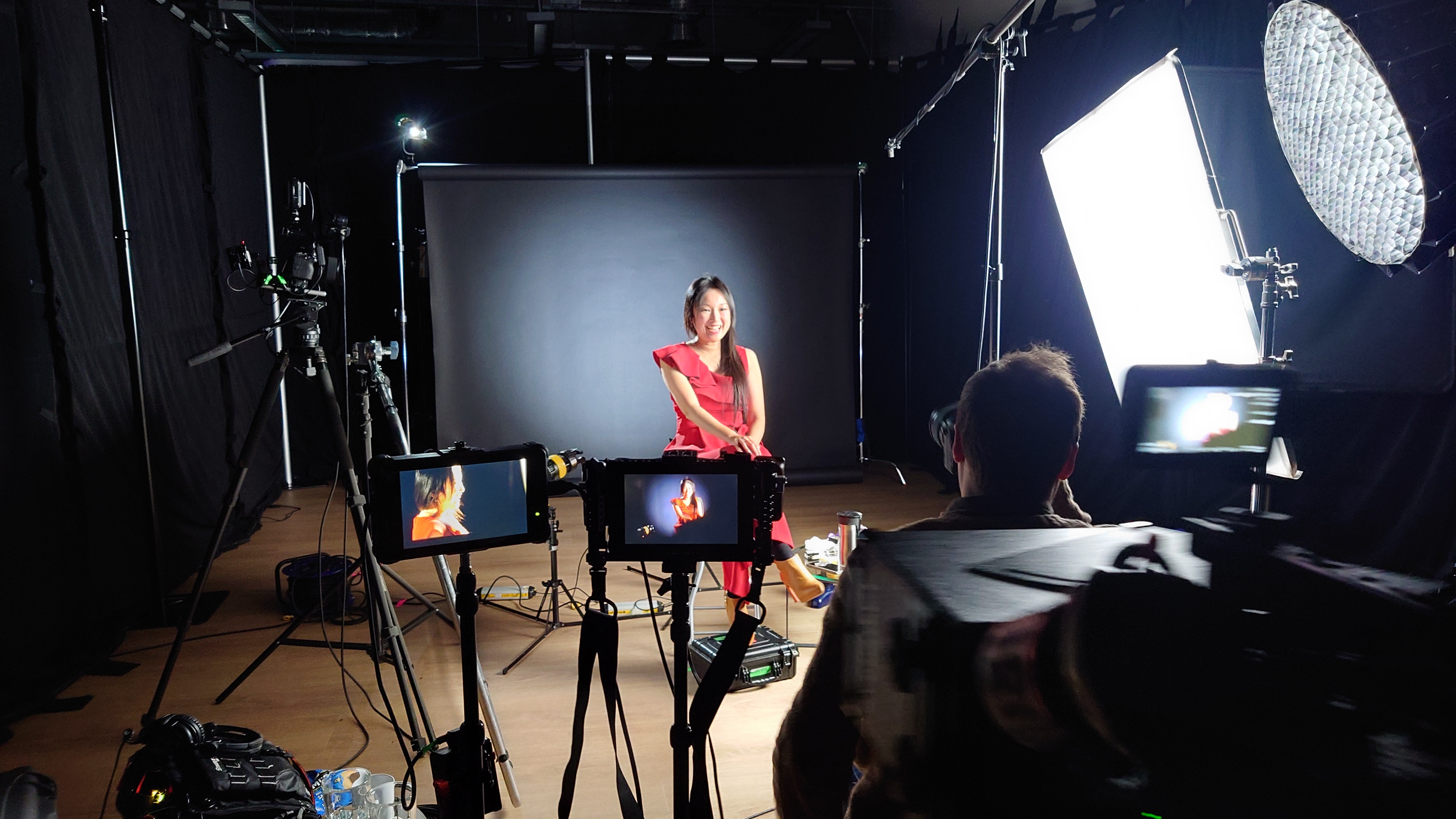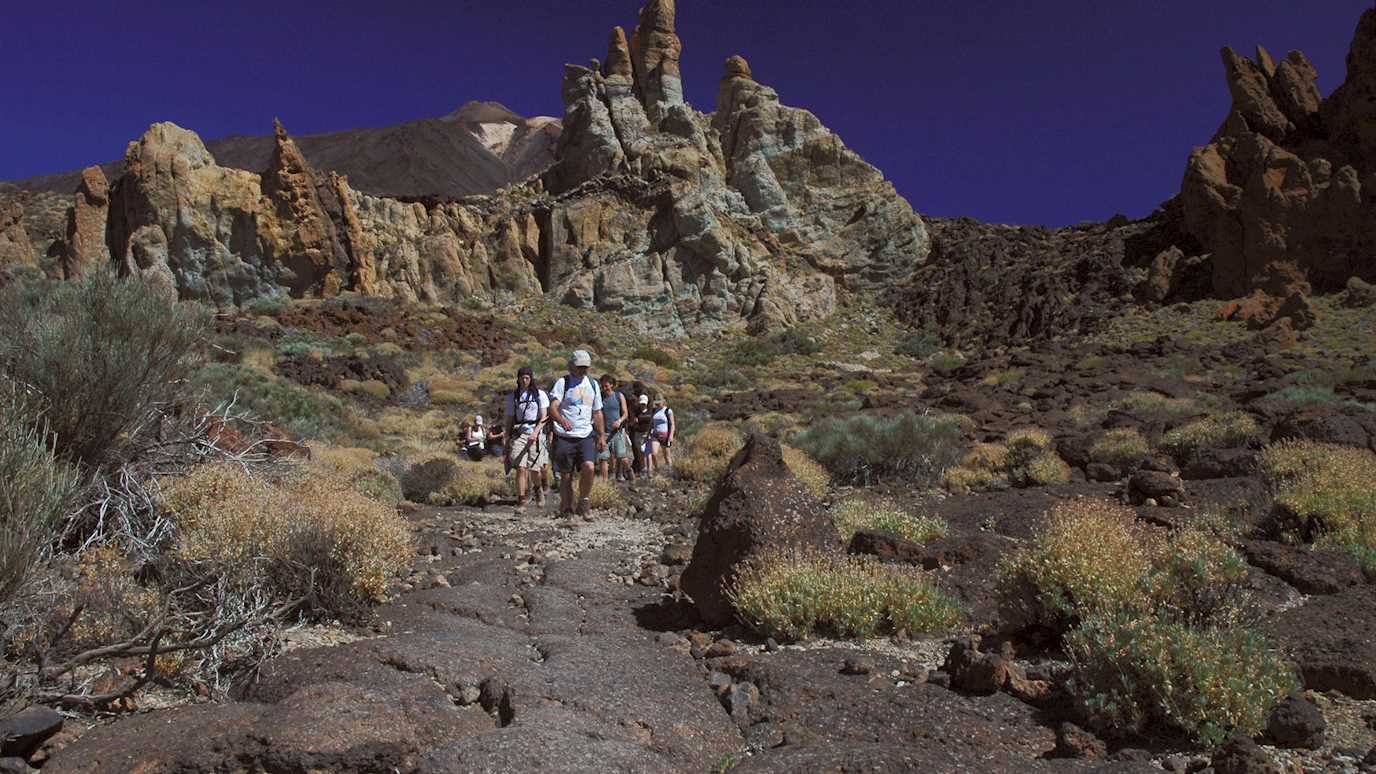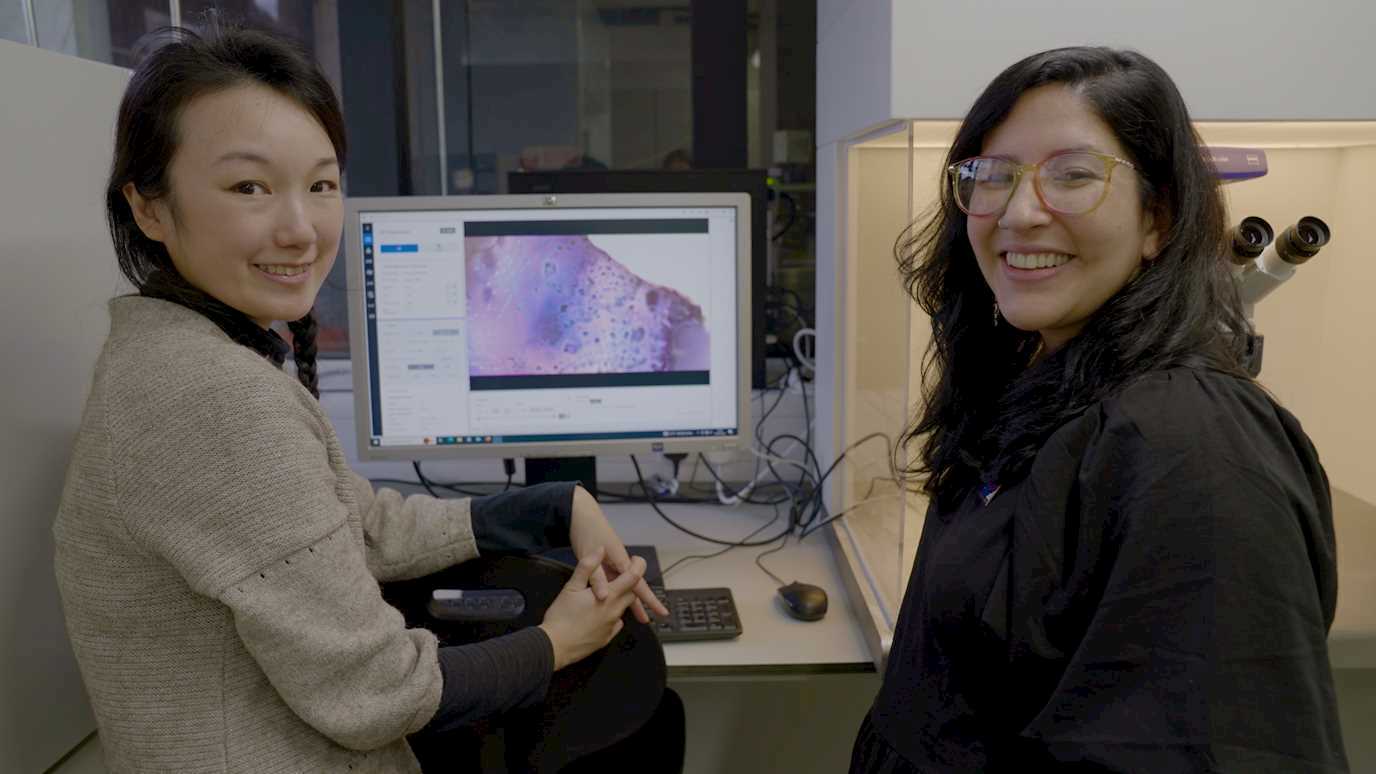New publication in Earth and Planetary Science Letters explains how Pallasite meteorites came to be more than 4.5 billions years ago
When asteroids or portions of them collide with Earth the event can have catastrophic consequences, yet, when the size of the object (meteorite) is rather small, we end up with some pristine bits of the material which formed the solar system.
The study of meteorites from the mineralogical and compositional point of view dates back to several decades, and scientists were able to reconstruct the origin, source, and history of formation of many of these objects. An outstanding exception is a group of meteorites called Pallasites. Their origin is still widely debated, and at least two contrasting theories are supported by different study groups.
In their recent publications in the renowned journal Earth and Planetary Science Letters, titled ‘Olivine grain growth in partially molten Fe-Ni-S: A proxy for the genesis of pallasite meteorites,’ Dr. Solferino (Royal Holloway University) and Dr. Golabek (Bayerisches Geoinstitut – BGI) explain how a non-destructive impact between two small planets at the time of formation of the Solar System (i.e., > 4.5 billions years ago) could have formed this staggering beautiful rocks. [https://authors.elsevier.com/a/1XtDl,Ig4DCTz].
The scenario that these authors illustrates involves a collision between two small terrestrial planetesimals (i.e., planets with similar composition to Earth and radius < 1,000 km) forcing the metallic iron-nickel core of the impactor (smaller planetesimal) to be injected into the rocky part of the larger body, the latter made principally of a mineral called olivine. Combining analogue experiments at temperatures exceeding 1,000°C and pressure > 1,000 bars, with computer models and analysis of natural samples of pallasites, the two authors proved that these mixtures of olivine and metal, which we call pallasites, could have formed inside small terrestrial planets (200-300 km radius) during the first tens of millions of years since the birth of the Solar System. A later much greater collision that destroyed those ancient planetesimals, shattered bits of this ‘pallasite source’ planet across the Solar System, some of which ended up landing on the Earth surface.
 |
|
A slice of Springwater pallasite meteorite (with permission from ETH Zürich collection). |
Combing analogue experiments with numerical models and characterisation of natural samples (meteorites) Dr. Solferino (RHUL) and Dr. Golabek (BGI) explain how some of the most mysterious objects of the cosmos, Pallasite meteorites, were formed at the onset of Solar System [https://authors.elsevier.com/a/1XtDl,Ig4DCTz].
























